Revolutionizing the Future of Architecture with Switchable Film
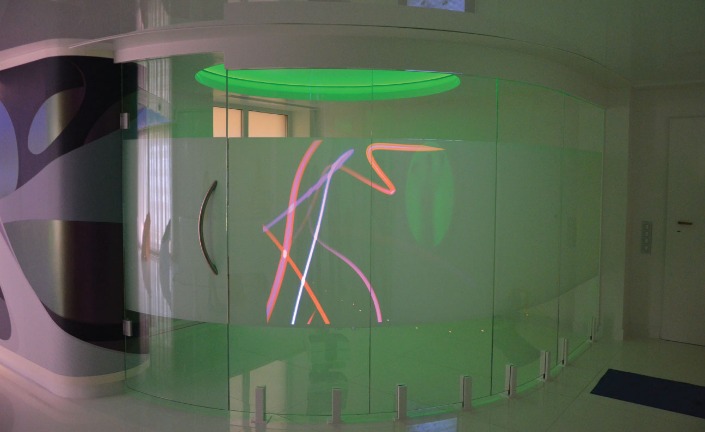
The advancement of technology has continually pushed the boundaries of various industries, and one such innovation that is reshaping the architectural landscape is **switchable film**. This cutting-edge material has the ability to transform windows and glass partitions from transparent to opaque at the flick of a switch, offering unprecedented control over privacy, light, and aesthetics.
Read more about switchable film here.
The Inner Workings of Switchable Film
Switchable film, also known as smart film or privacy glass, comprises a special polymer with liquid crystals that align themselves when an electric current is applied. In its default state, the film is transparent, allowing natural light to pass through and providing an unobstructed view. However, when an electrical charge is activated, the liquid crystals disperse, causing the film to become opaque and blocking visibility from both sides.
Applications in Architecture
The versatility of **switchable film** makes it an ideal candidate for various architectural applications. In residential settings, it can be installed on windows, skylights, or bathroom doors to provide instant privacy at the touch of a button. In commercial spaces, it can be used for conference rooms, office partitions, or storefronts to create dynamic, customizable environments.
Moreover, **switchable film** can enhance energy efficiency by reducing heat gain and glare while maintaining natural light, ultimately leading to lower utility costs. Its aesthetic appeal and modern functionality make it a desirable choice for architects, designers, and property owners looking to elevate the overall experience and functionality of their spaces.
As technology continues to evolve, **switchable film** represents a seamless integration of innovation and design in the architectural realm. Its ability to adapt to changing needs and preferences positions it as a game-changer in creating interactive and responsive environments. With endless possibilities for creativity and functionality, the future of architecture is indeed looking brighter with the introduction of switchable film.
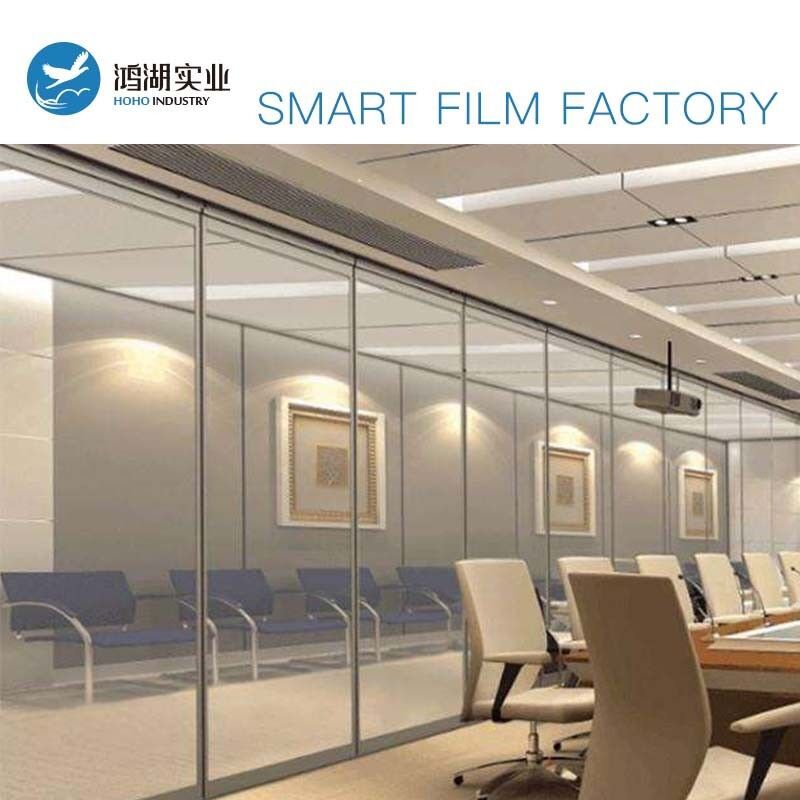

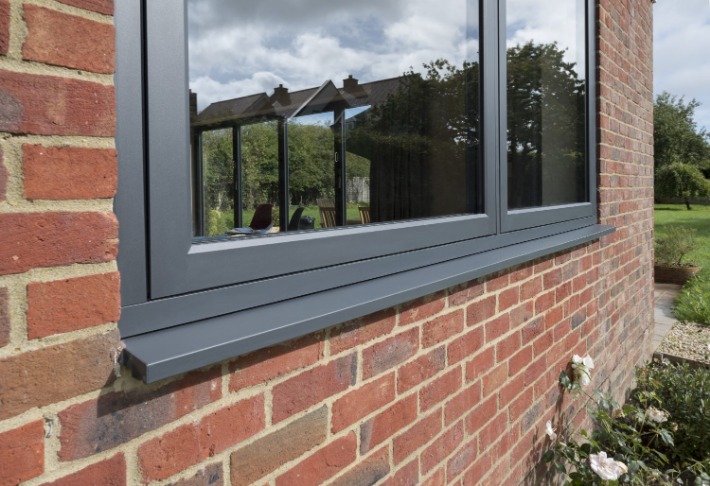
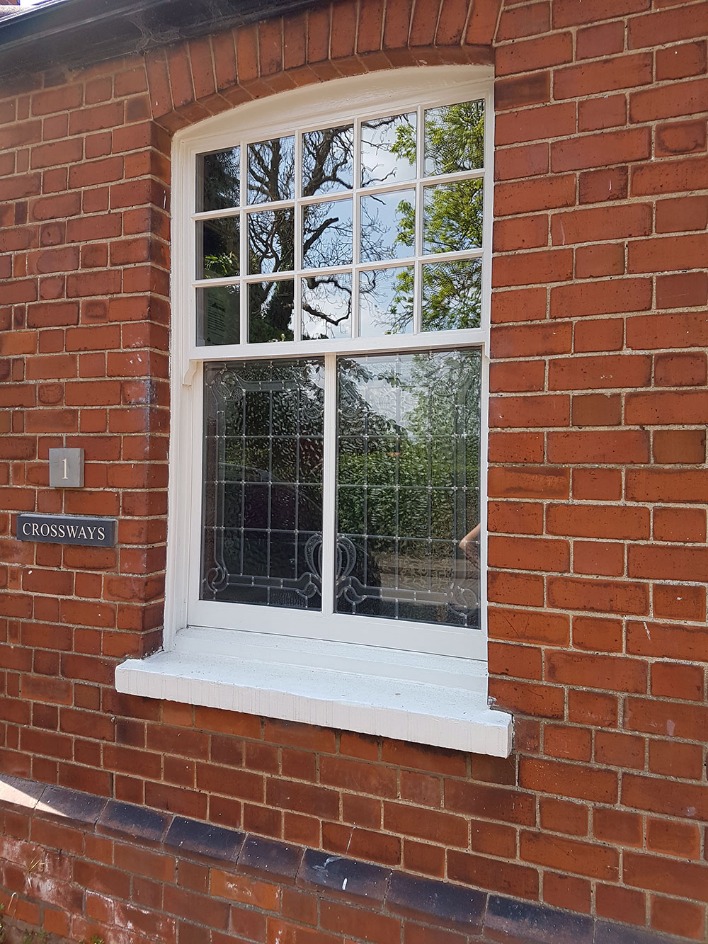
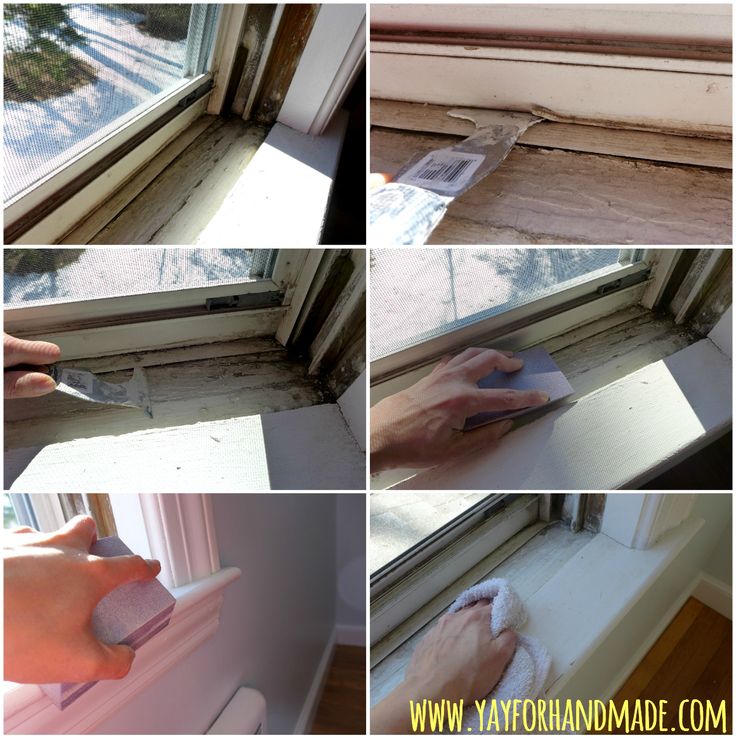
Leave a Reply